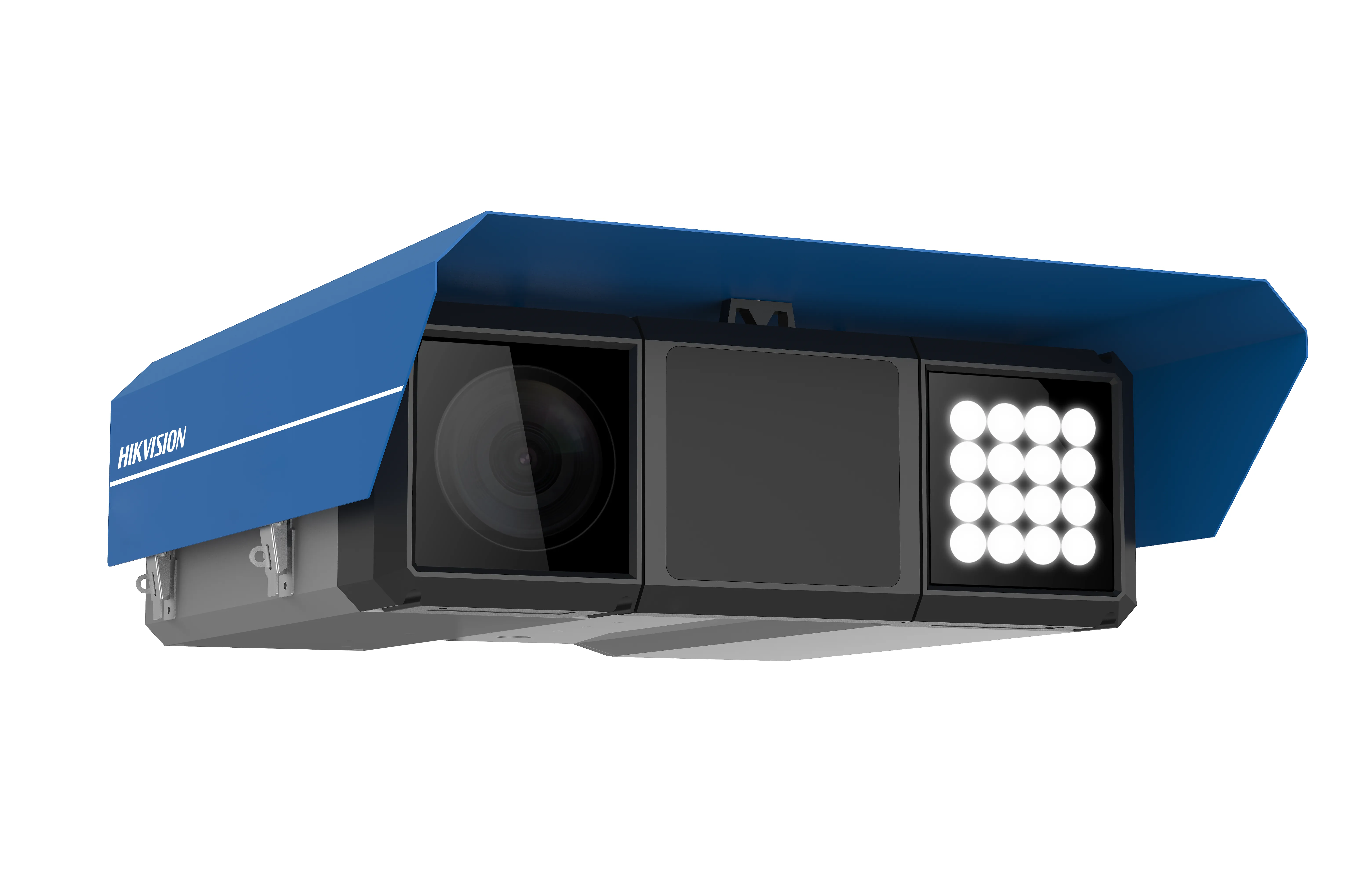The Blaxtair construction machine-mounted vision-based alert system distinguishes pedestrians from other objects, providing a visual/audible alarm to both driver and pedestrian when a person is in a position of danger.
The intelligent camera system, from French company Arcure, is an obstacle detection device and pedestrian recognition equipment. It is capable of detecting all types of obstacles, locating them precisely with respect to the machine and determining whether an obstacle is a pedestrian or not.
March 18, 2014
Read time: 2 mins
The Blaxtair construction machine-mounted vision-based alert system distinguishes pedestrians from other objects, providing a visual/audible alarm to both driver and pedestrian when a person is in a position of danger.
The intelligent camera system, from French company7660 Arcure, is an obstacle detection device and pedestrian recognition equipment. It is capable of detecting all types of obstacles, locating them precisely with respect to the machine and determining whether an obstacle is a pedestrian or not. The system consists of the 3D camera sensor head, processing unit and a seven-inch screen. The stereoscopic camera, mounted on the back or side of a vehicle, has a wide configurable viewing area for detecting workers/pedestrians and a smaller detection area for objects. It recognises the human form using a combination of algorithms and image processing technologies, while patented 3D analysis allows for precise distance and size measurement. Blaxtair provides the driver with high quality undistorted large field images, allowing him to better interpret distances and shapes on his screen. The company says Blaxtair is suitable for all vehicles and for use in quarries, surface mining, factories, construction sites and tunnelling projects. It could also be used for fixed installations where workers need to be protected from entering a potentially dangerous area/zones around plant machinery.
The intelligent camera system, from French company









